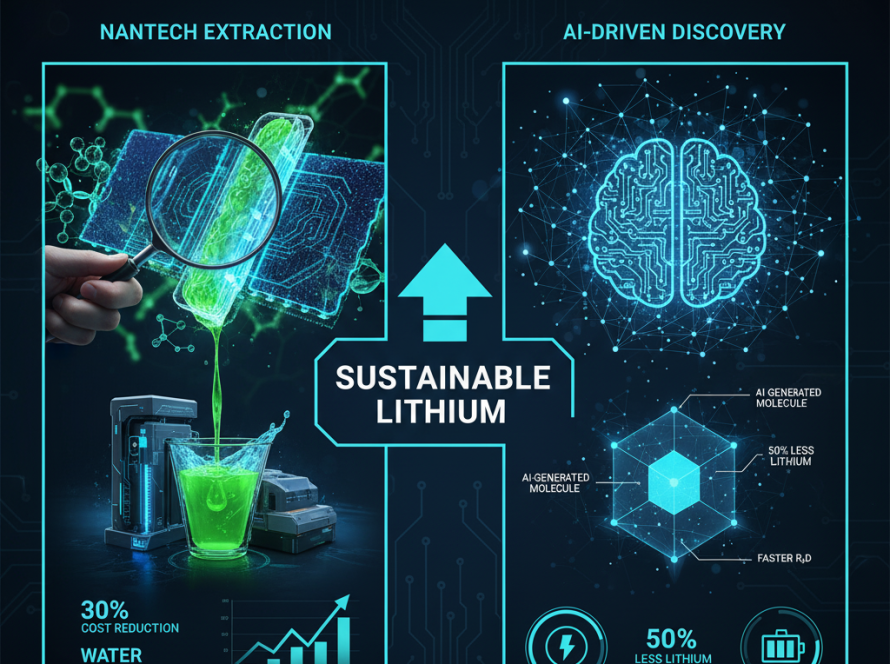A quiet revolution is taking place above us, not in the roar of jet engines but in the hum of electric propulsion.
Regional electric and hybrid-electric aviation isn’t a dream anymore; it’s a race quietly but powerfully unfolding. Around the world, a handful of ambitious manufacturers are rewriting the rules of flight, driven by both sustainability mandates and the economics of short-haul connectivity.
The Promise of Regional Electric Aviation
While the early noise around sustainability may have quieted, the silence left behind has allowed serious innovators to rise. The greenwashing is fading, and what’s emerging is a focused community of engineers, policymakers, and entrepreneurs building real, scalable, electric aviation systems.
Global goals like IATA’s Fly Net Zero by 2050 are accelerating the urgency. Airlines and operators, under pressure to reduce emissions and operating costs, are now turning their gaze toward electric propulsion as a solution perfectly suited for regional routes.
The result is a sector at a pivotal moment, balancing the idealism of clean flight with the pragmatism of certification, infrastructure, and economics.
Heart Aerospace and the ES-30: Powering the Next Commute
Heart Aerospace, creator of the ES-30 hybrid-electric regional aircraft, represents one of the most advanced efforts in this new frontier.
The ES-30 seats 30 passengers with a fully electric range of 107 nautical miles, extending to 215 nautical miles in hybrid mode. The design allows short-haul routes to operate with near-zero emissions while still enabling longer regional connections.
After its beginnings in Sweden, Heart relocated its headquarters to Los Angeles, a strategic move placing the company closer to investors, customers, and emerging U.S. infrastructure.
The first prototype, X1, was completed in September 2024, with flight testing scheduled for late 2025 at Plattsburgh International Airport. A second prototype, Heart X2, will follow as the company targets FAA and EASA certification by 2029 or 2030.
Partnerships with major carriers such as United Airlines, Air Canada, and Loganair are already shaping use-cases for commercial operations. As of late 2024, Heart had 561 aircraft commitments, including 250 firm orders, solidifying its role as a front-runner in hybrid-electric aviation.
“We believe passenger trust will come naturally once safety is demonstrated,” says Christina Zander, Head of Communications at Heart Aerospace. “Certified aircraft, regardless of propulsion system, meet the most stringent safety standards.”
Expert Insights: The Race Between Hybrid and Fully Electric
Martin Cullen, Senior Manager of Business Development at TE Connectivity, believes electric regional aircraft could take flight by 2030, while hybrid-electric widebodies may follow by 2045.
The central debate in the sector is hybrid-electric vs. fully electric. Hybrids are easier to deploy now but come with higher operational costs. “Hybrid-electric aircraft are a stepping stone,” Cullen explains. “Their evolution will define how fast we reach fully electric commercial flight.”
The engineering challenges remain formidable. Power management at high altitudes, weight optimization, and heat control are front and center. “Electric aircraft don’t get lighter as fuel burns,” he adds. “That changes everything, from wiring design to material choices.”
These technical obstacles are forcing a rethink of nearly every legacy aviation assumption, creating an opening for new suppliers and R&D partnerships.
Electra and the EL9: Rethinking Short-Range Air Mobility
U.S. manufacturer Electra is tackling the urban-regional crossover with its EL9 Ultra Short, a nine-passenger hybrid-electric aircraft capable of taking off and landing in just 50 meters.
This performance rivals helicopters but at a fraction of the cost, thanks to blown-lift aerodynamics and a hybrid-electric propulsion system combining batteries with a turbogenerator.
Over 80 test flights have already proven the concept using a smaller two-seat demonstrator, the EL2, which has shown takeoffs in under 40 meters.
“Because the EL9 is a fixed-wing aircraft that flies on the wing from takeoff to landing, it qualifies for existing FAA Part 23 certification,” explains Diana Siegel, Electra’s Vice President of Commercial Programs.
This approach avoids the regulatory bottlenecks facing many eVTOL competitors. Entry into service is expected by 2029, with a path toward eventual all-electric operations once battery energy densities improve.
AURA AERO’s ERA: Hybrid Efficiency for Europe’s Skies
French innovator AURA AERO is pursuing a hybrid-electric design for its ERA aircraft, a 19-seater optimized for passenger, business, cargo, or medevac missions.
Drawing on experience from its smaller Integral E electric trainer, AURA AERO plans the first ERA flight within two years, with EASA certification targeted for 2028.
With support from the Occitanie Region, the French Public Investment Bank, and a €95 million grant from the European Innovation Fund, AURA AERO has become a symbol of Europe’s determination to lead in sustainable regional aviation.
At the 2025 Paris Air Show, the company announced over 550 pre-orders, including commitments from Marathon Airlines, Jump Air, Solyu, and Safarilink.
VÆRIDION: Fully Electric Flight for Regional Europe
Munich-based VÆRIDION is taking a pure electric route with its Microliner, a nine-passenger aircraft boasting a 215-nautical-mile electric range, capable of covering nearly 80% of today’s turboprop routes.
The Microliner’s multi-engine single-propeller design impressed EASA regulators due to its built-in redundancy and simplified pilot workload. The first flight is planned for December 2027, with certification pathways already underway.
“We think we’ve solved the main question of safety, protecting the aircraft from a battery thermal event while keeping it light enough to fly,” says Ivor Van Dartel, CEO of VÆRIDION.
Unlike most startups, VÆRIDION is manufacturing its battery modules in-house, positioning itself as both an aircraft and energy-storage innovator.
The Ground Game: Building the Infrastructure
Electric flight can’t exist without electric ground systems. The good news is that airports are already on their way.
Both Heart Aerospace and VÆRIDION plan to use the Megawatt Charging System (MCS), the global standard for heavy-electric vehicles, expected to finalize by 2025.
Heart estimates airports will need two to three megawatts per charger, requiring upgraded power storage and thermal management systems. VÆRIDION’s Microliner, powered by a 600-kWh battery, can share charging infrastructure with electric cargo trucks, a synergy Germany’s government is already exploring.
Meanwhile, AURA AERO’s ERA can be charged in 30 minutes using superchargers developed with EDF, and Electra’s EL9 will rely primarily on in-flight battery regeneration.
In short, the runway for infrastructure already exists; it’s just waiting for aircraft to arrive.
Public Perception: Winning Passenger Trust
The success of electric aviation will depend as much on public confidence as it does on certification.
Surveys by Innovate UK show that only one in four adults have heard of electric flight. Among those who have, concerns remain around safety, battery weight, and range.
Yet, early passenger trials paint an optimistic picture. Electra’s EL2 test flights drew praise for their quiet, smooth performance, while Heart Aerospace and AURA AERO report growing enthusiasm among potential operators.
“The need for connectivity and mobility remains essential, especially in regions where aviation is the only viable transport,” notes Jérémy Caussade, President of AURA AERO.
The Bigger Picture: Why This Matters to Executives
For business leaders and investors, electric aviation is not just an environmental initiative; it’s an economic and strategic play.
- Cost advantage: Electric propulsion dramatically reduces maintenance and fuel costs on short-haul routes.
- Sustainability edge: A tangible way to meet ESG commitments and carbon targets.
- New market entry: Regional and underserved areas could become viable, connecting businesses and communities previously left behind.
- Innovation opportunity: The convergence of aerospace, energy, and digital infrastructure is creating entirely new ecosystems.
The Final Approach: A Renaissance in Regional Flight
Electric propulsion still faces technical hurdles, but momentum is undeniable. As regulators, manufacturers, and airports align, a future of low emissions, low noise, and high frequency operations is within reach.If traditional aviation defined the 20th century, regional electric and hybrid-electric flight could define the 21st. The renaissance has begun, quieter, cleaner, and closer to home.



